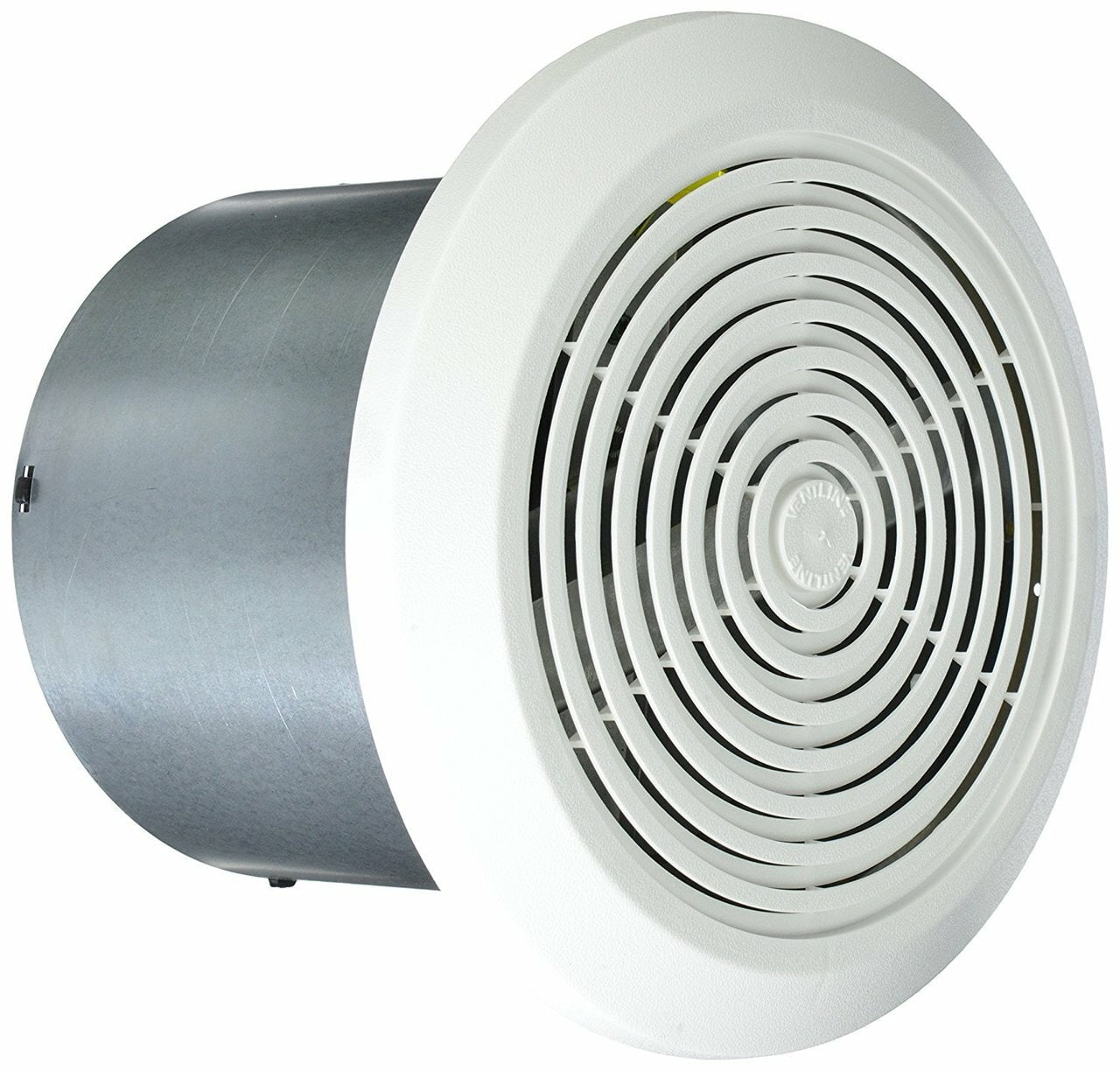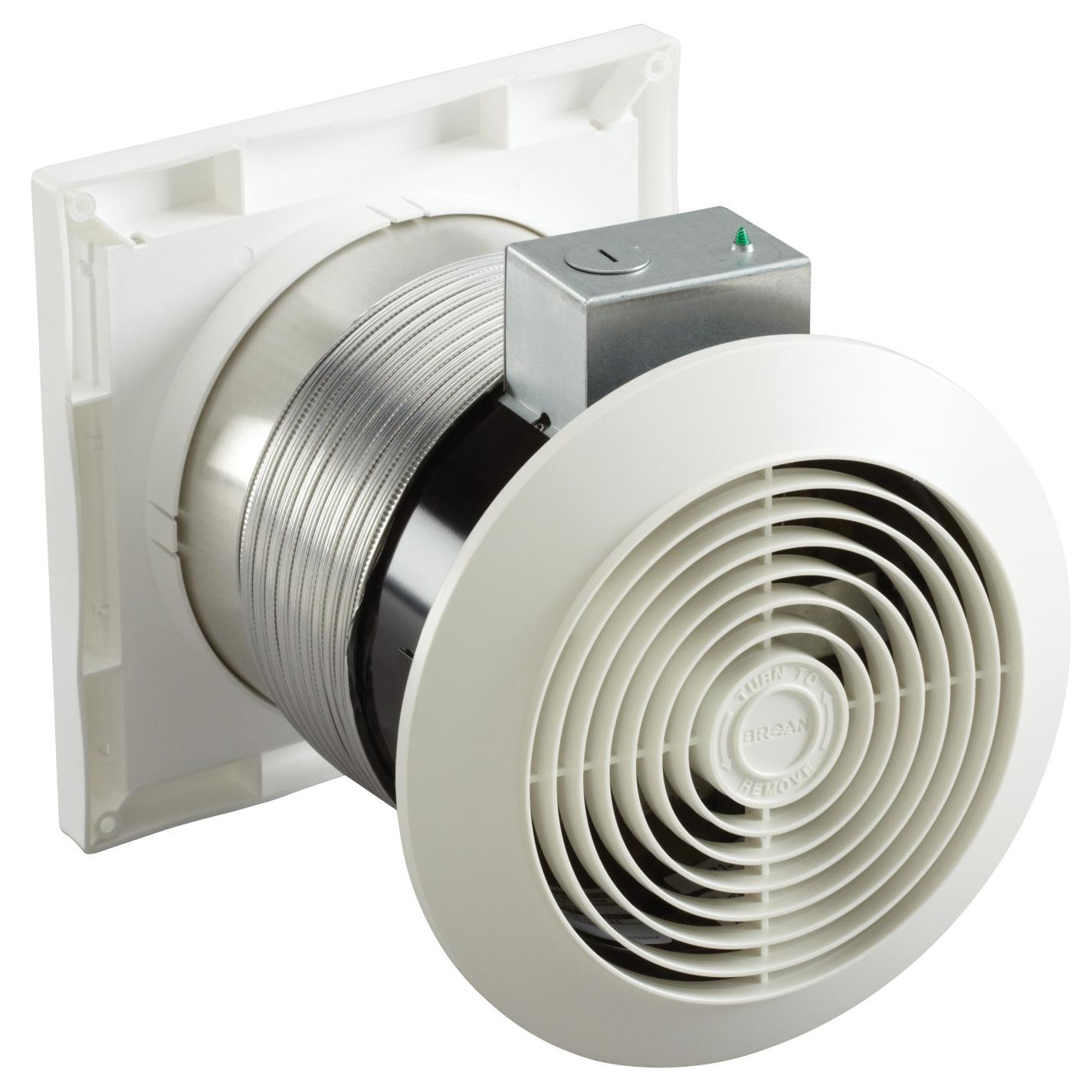Understanding Exhaust Fans in Bathrooms

What is exhaust fan in bathroom – Exhaust fans are essential components of any bathroom, playing a crucial role in maintaining a healthy and comfortable environment. They work by extracting moist air and odors from the bathroom, preventing the buildup of condensation and mold. In this section, we’ll explore the purpose, types, and installation considerations of exhaust fans in bathrooms.
Exhaust fans in bathrooms are like the silent heroes that keep the air fresh and mold-free. They suck out the steam and odors that come from showers and baths, preventing them from lingering and causing problems. Just like toca boca wallpaper brings life to a kid’s room, an exhaust fan brings life to a bathroom, making it a more pleasant and healthy space.
Purpose and Functionality
The primary purpose of an exhaust fan in a bathroom is to remove excess moisture and odors. Bathrooms are naturally prone to high levels of humidity due to activities like showering and bathing. If not properly ventilated, this moisture can condense on surfaces, leading to the growth of mold and mildew. Exhaust fans help prevent this by drawing moist air out of the bathroom and expelling it outdoors.
In addition to removing moisture, exhaust fans also help eliminate odors from the bathroom. These odors can come from various sources, including toiletries, cleaning products, and even human waste. By removing these odors, exhaust fans help keep the bathroom smelling fresh and clean.
Types of Exhaust Fans
There are several types of exhaust fans available for bathrooms, each with its own unique features and benefits. Some of the most common types include:
- Ceiling-mounted exhaust fans: These fans are installed in the ceiling and are typically the most common type used in bathrooms. They are relatively easy to install and can be used in both residential and commercial settings.
- Wall-mounted exhaust fans: Wall-mounted exhaust fans are installed on the wall, usually near the shower or bathtub. They are a good option for bathrooms with limited ceiling space or for those who want a more discreet ventilation solution.
- Inline exhaust fans: Inline exhaust fans are installed in the ductwork of the bathroom ventilation system. They are typically used in larger bathrooms or in bathrooms with complex ductwork.
When choosing an exhaust fan for your bathroom, it’s important to consider the size of the bathroom, the amount of moisture generated, and the noise level of the fan.
Exhaust fans in bathrooms are a must-have for keeping the air fresh and preventing mold and mildew. If you’re looking for a way to spruce up your bathroom décor, check out some of the amazing anime desktop wallpaper options available online.
You’re sure to find the perfect design to match your bathroom’s style. And don’t forget to install an exhaust fan to keep the air fresh and clean.
Installation Considerations
Proper installation is crucial for the effective operation of an exhaust fan. Here are a few important considerations to keep in mind:
- Location: The exhaust fan should be installed as close to the source of moisture as possible, typically near the shower or bathtub.
- Ductwork: The exhaust fan should be connected to ductwork that leads directly to the outdoors. The ductwork should be properly sized to ensure adequate airflow.
- Ventilation: The bathroom should have adequate ventilation to allow fresh air to enter and replace the moist air that is being removed by the exhaust fan.
By following these installation guidelines, you can ensure that your exhaust fan is operating efficiently and effectively.
Benefits of Exhaust Fans in Bathrooms

Exhaust fans are essential for maintaining a healthy and comfortable bathroom environment. They offer numerous advantages, including moisture control, odor removal, and improved air quality.
Moisture Control
Bathrooms are prone to high levels of moisture due to activities like showering and bathing. Excess moisture can lead to mold and mildew growth, which can cause health problems and damage the bathroom’s structure. Exhaust fans effectively remove moisture from the air, preventing condensation and the formation of mold and mildew.
Odor Removal
Bathrooms can also generate unpleasant odors from toiletries, cleaning products, and bodily functions. Exhaust fans help to eliminate these odors by drawing them out of the bathroom and ventilating the space. This creates a more pleasant and hygienic environment.
Improved Air Quality
Exhaust fans improve air quality by removing pollutants, dust, and other airborne particles from the bathroom. This is especially important in bathrooms with poor ventilation or those used by individuals with respiratory issues. By improving air quality, exhaust fans contribute to a healthier and more comfortable bathroom experience.
Case Study, What is exhaust fan in bathroom
A study conducted by the Environmental Protection Agency (EPA) found that exhaust fans can reduce bathroom humidity levels by up to 50%. This significant reduction in humidity helps prevent mold and mildew growth, creating a healthier bathroom environment.
Considerations for Installing and Maintaining Exhaust Fans: What Is Exhaust Fan In Bathroom

Exhaust fans are crucial for maintaining a healthy and comfortable bathroom environment. Proper installation and maintenance are essential to ensure optimal performance and longevity. Here’s a comprehensive guide to help you navigate these aspects effectively.
Choosing the Right Exhaust Fan
Selecting the appropriate exhaust fan is crucial for efficient ventilation. Consider the following factors:
– Bathroom Size: Choose a fan with a CFM (cubic feet per minute) rating that aligns with the bathroom’s square footage. A higher CFM rating indicates a greater air-moving capacity.
– Ventilation Requirements: Determine the desired air exchange rate, typically between 8 and 15 air changes per hour (ACH). Calculate the CFM requirement by multiplying the bathroom’s volume by the ACH.
– Noise Levels: Exhaust fans produce varying levels of noise. Consider fans with lower decibel (dB) ratings for quieter operation.
Proper Exhaust Fan Installation
To ensure safe and effective operation, follow these installation guidelines:
– Electrical Wiring: Hire a qualified electrician to connect the fan to a dedicated circuit. Use proper wire gauges and grounding techniques.
– Ducting: Install rigid or flexible ducting to direct exhaust air outside. Ensure proper duct sizing and sealing to minimize airflow resistance.
Regular Maintenance Practices
Regular maintenance is essential to keep exhaust fans functioning optimally:
– Cleaning: Remove dust and debris from the fan blades, housing, and ductwork regularly. Use a damp cloth or vacuum cleaner with a soft brush attachment.
– Filter Replacement: Replace the filter regularly according to the manufacturer’s instructions. A clean filter ensures optimal airflow and prevents dust buildup.
Troubleshooting Common Issues
If you encounter any issues with your exhaust fan, try the following troubleshooting tips:
– Fan Not Turning On: Check the power supply, switch, and wiring connections. Ensure the fan is properly grounded.
– Insufficient Airflow: Clean the fan blades and ductwork, check for any blockages, and ensure the fan is operating at the correct speed.
– Excessive Noise: Tighten any loose screws or bolts, balance the fan blades, or consider replacing the fan with a quieter model.